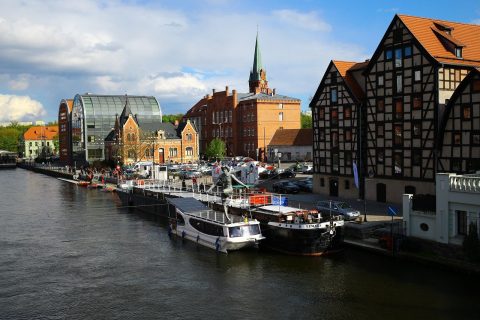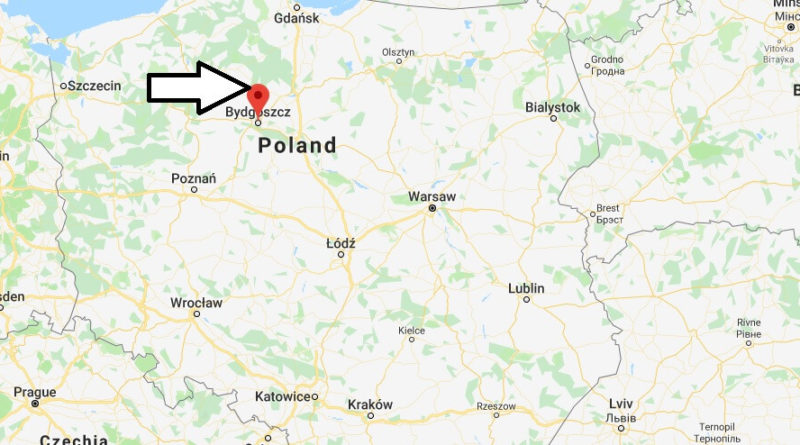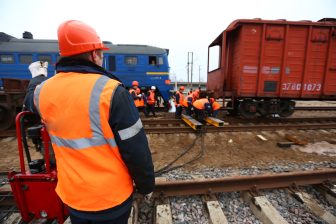
New terminal in Bydgoszcz, Poland likely to be on TEN-T core network
A little more than a year ago the New Amber Trail Association made a compelling plea to the European Parliament. The soon-to-be constructed terminal in the Polish city of Bydgoszcz had to be a node on the core network of the EU. It looks like the effort has paid off, as the TRAN Committee of the European Parliament adopted this unanimously.
Nothing is final yet, as the decision still needs to go through the trilogue procedure, i.e. negotiations on the final shape of the revision between the European Commission, the European Parliament and national governments (the Council of the European Union). But it does not refrain the New Amber Trail Association from celebrating this milestone. “Recognition of Bydgoszcz as a node of the core network opens the way for the whole logistic node to receive much more European funds – emphasises Łukasz Religa, President of the New Amber Trail.
Bydgoszcz
For those who are less familiar with Poland, the city is situated on the banks of the Vistula river, an E-40 waterway. It is located 143 kilometres south from Gdansk and 190 south of Gdynia. It lies on the Baltic-Adriatic route, and is not far from the North-Sea Baltic rail freight corridor.
For several years, there has been a dynamic development of intermodal transport in Poland and therefore, there is an urgent need for more terminals. In the Kuyavian-Pomeranian Voivodeship, and actually also in the neighbouring Pomeranian Voivodeship, there are currently no intermodal terminals, explained Religa earlier.

Connected to Gdynia
We managed to overcome some skepticism of the European Commission towards appeals to increase the importance of our city in the course of the Baltic-Adriatic corridor. Forecasts regarding the handling of goods indicate clearly that the terminal in Emilianów will meet the criteria set by the Commission for this type of infrastructure, said Kosma Złotowski, President of Bydgoszcz and a member of Bydgoszcz City Council.
“It is also a natural consequence of placing the 201 railway line connecting Bydgoszcz with the port of Gdynia in the core network. The European Commission has identified the development of multimodal infrastructure as one of the priorities of the revision of the TEN-T network, and our region (where numerous railroads, roads, waterways and an airport will soon be complemented by a modern transshipment terminal) has great potential in this regard – said Kosma Złotowski after the vote.
Political steps
The European Commission’s original proposal of December 2021 is to keep Bydgoszcz in the comprehensive network of the TEN-T. In March 2022, the New Amber Trail Association submitted a petition to the European Parliament to include Bydgoszcz in the core network. The petition was supported by, among others, the Association of Polish Regions of the Baltic-Adriatic Corridor, Special Pomeranian Economic Zone, Port of Gdynia Authority, Kuyavian-Pomeranian Voivodeship Assembly and Bydgoszcz City Council. The PETI Committee forwarded the petition to the TRAN Committee in February.
The New Amber Trail, in addition to recognising Bydgoszcz as a node of the TEN-T core network, also postulates the inclusion of railway line 201 and ultimately the E-40 waterway in the TEN-T network, as well as the inclusion of the Bydgoszcz – Piła – Krzyż railway line, in order to connect the Bydgoszcz node with the ports in Szczecin and Świnoujście. The original proposal of the European Commission (of December 2021) assumed line No. 201 in the core network.





